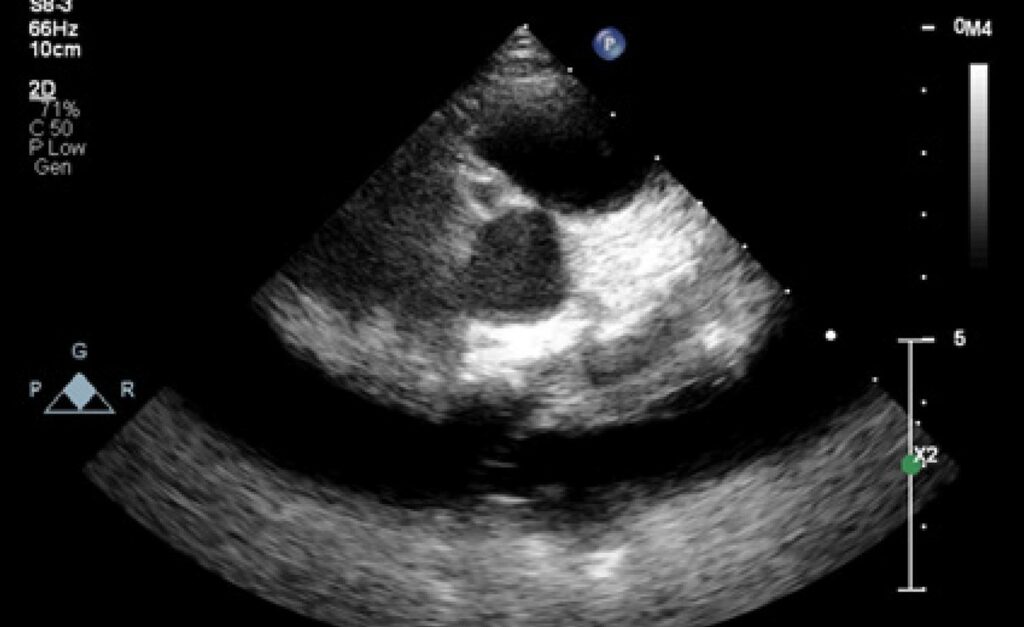Arq. Bras. Cardiol. 2024; 121(6): e20230163
Incomplete Kawasaki Disease Diagnosed only with Prolonged Fever: Report of Two Cases and Review of the Literature
Introduction
Kawasaki disease (KD) is an acute febrile vasculitis of unknown cause. Incomplete (atypical) KD has been defined for patients who do not meet the classical characteristic diagnostic criteria. The incidence of coronary artery aneurysm development is higher in patients with incomplete KD due to delays in diagnosis and treatment. In the literature, patients who do not meet the diagnostic criteria but are diagnosed solely with fever are very rare. Here, we present two cases of KD who were diagnosed with coronary artery aneurysm and supportive laboratory findings with no characteristic signs other than high fever. The first case was a 3-year-old girl who was diagnosed with KD after an echocardiographic examination on the 14th day of the fever revealed a coronary artery aneurysm.– The second case was diagnosed on the 8th day of the fever because of the involvement of the coronary arteries without other classic Kawasaki findings. Both patients had been given antibiotherapy with different diagnoses such as gastroenteritis and urinary tract infection before the diagnosis of KD. Both cases were diagnosed before the COVID-19 pandemic. Therefore, multisystem inflammatory disease in children (MIS-C) was not considered. We aimed to emphasize the importance of considering KD in children with unexplained fever and high acute phase reactants, even in the absence of characteristic diagnostic criteria, and the need for serial controls to evaluate suspected patients with echocardiography and other supportive laboratory findings
[…]
456

